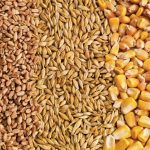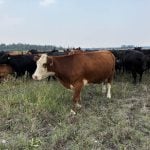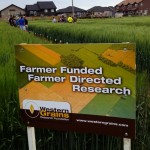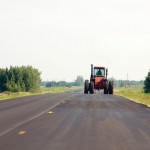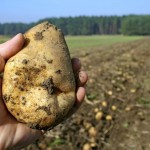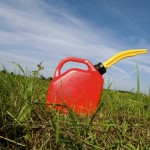Whether it was a late start, an unusually wet growing season or possibly even September snow, there was a lot of weather in 2014 that most of us would rather forget. But let’s not do that too soon. Last year’s weather could have lingering consequences that extend into 2015’s cropping plans. For one thing, the […] Read more
